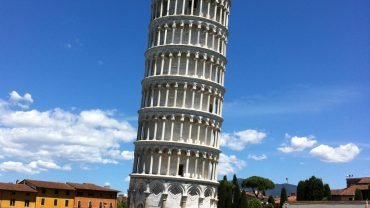Step back in time and immerse yourself in the grandeur of the Colosseum, an iconic symbol of ancient Rome. This magnificent amphitheater, also known as the Flavian Amphitheatre, stands as a testament to the architectural brilliance and cultural significance of the Roman Empire.
Built in 70-80 AD, the Colosseum was primarily used for gladiatorial contests, animal hunts, and mock naval battles. With a seating capacity of up to 50,000 spectators, it was an awe-inspiring spectacle that showcased the power and wealth of Rome.
The Colosseum’s oval shape, towering arches, and intricate network of underground tunnels are a marvel of engineering. Made primarily of concrete and stone, it stands as a remarkable example of Roman architecture and innovation.
As you explore the Colosseum, you can’t help but imagine the roar of the crowd, the clash of swords, and the adrenaline-fueled battles that once took place within its walls. The gladiators, often slaves or prisoners, fought for their lives in brutal combat, while the audience cheered and jeered.
Despite its violent past, the Colosseum also served as a symbol of unity and entertainment for the Roman people. It was a place where citizens from all walks of life could gather, forget their differences, and revel in the spectacle before them.
Over the centuries, the Colosseum has faced natural disasters, looting, and neglect. However, it still stands as a testament to the enduring legacy of Roman civilization. Today, it is one of the most popular tourist attractions in Rome, drawing millions of visitors each year.
Visiting the Colosseum allows you to step into the shoes of ancient Romans and witness firsthand the grandeur and brutality of their world. As you explore its corridors and gaze upon its ruins, you can’t help but be captivated by the stories and history that echo through its ancient walls.





Comment (0)